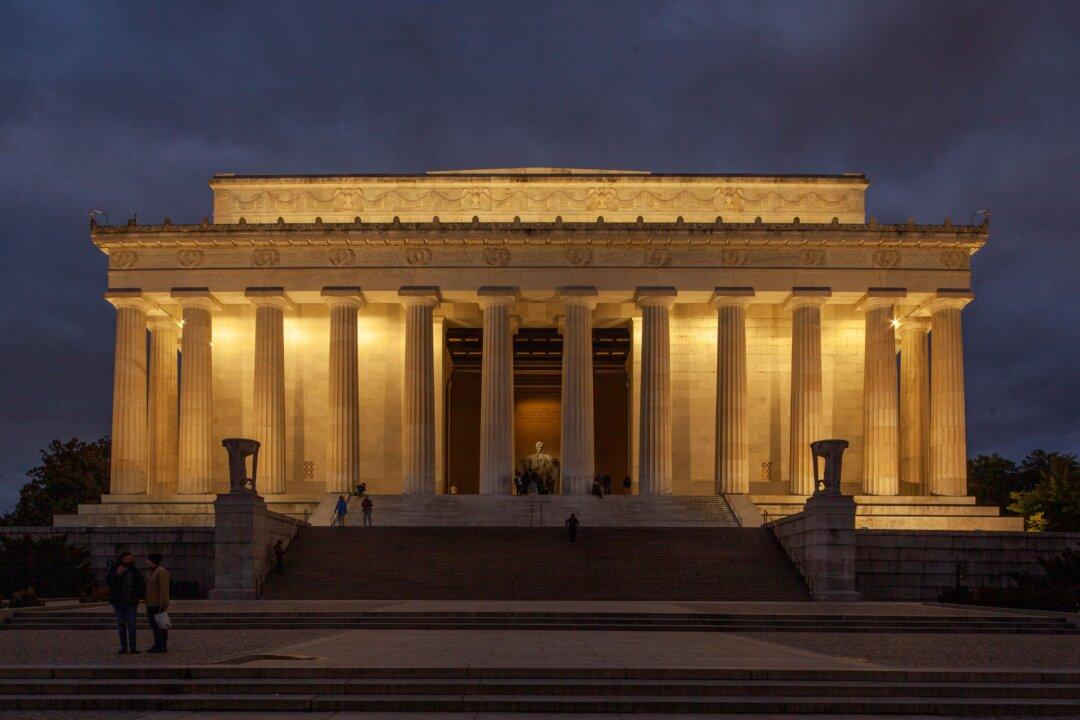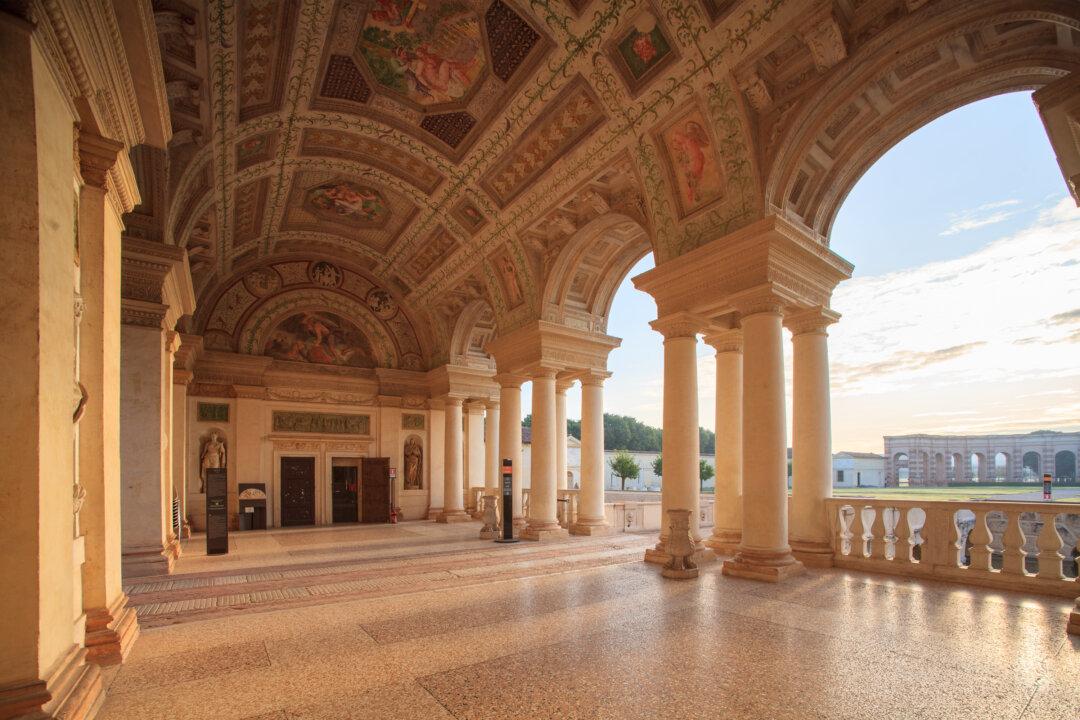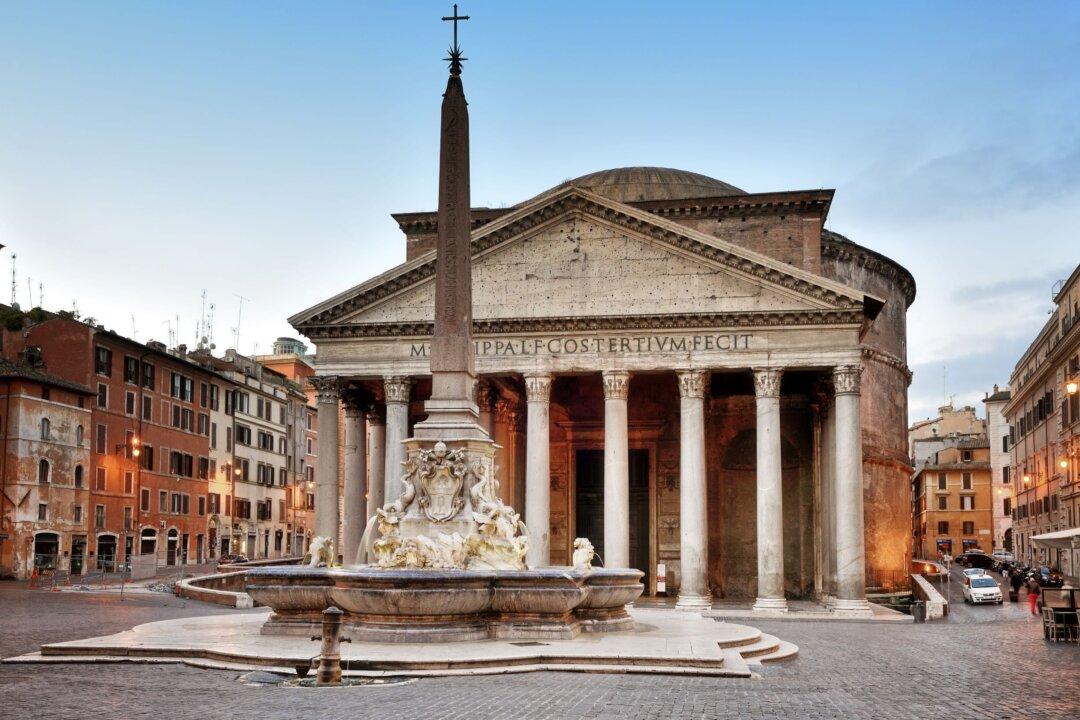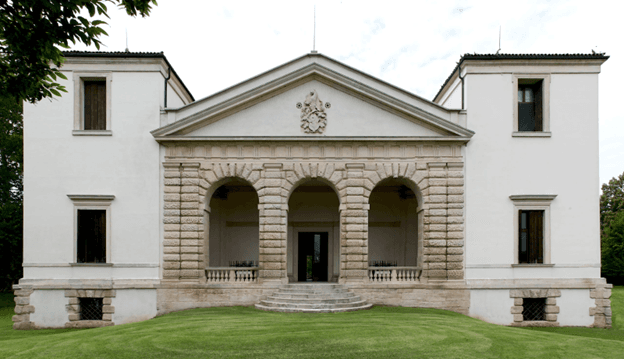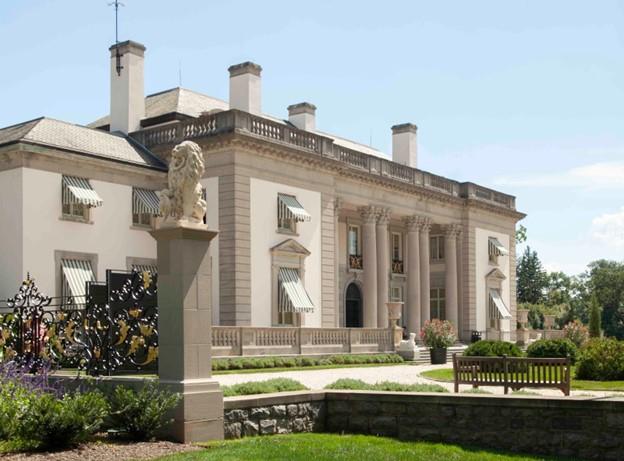The Lincoln Memorial honors a great man and provides a place where visitors can reflect on a watershed time in American history. The site for the Lincoln Memorial was decided as an extension of the National Mall, a long linear parkland that’s a central area of Washington. The Capitol stands at one end, with George Washington’s monument—the obelisk—at the other. The mall was then extended with a long reflection pond leading to the Lincoln Memorial site situated near the Potomac River.
Arriving at the memorial, the steps incrementally and then abruptly lead upward to the memorial’s main floor, where one is met with giant-scaled Doric columns. The memorial has 36 columns at the perimeter of the rectangular building, one for each state in the Union at the time of Lincoln’s death.

